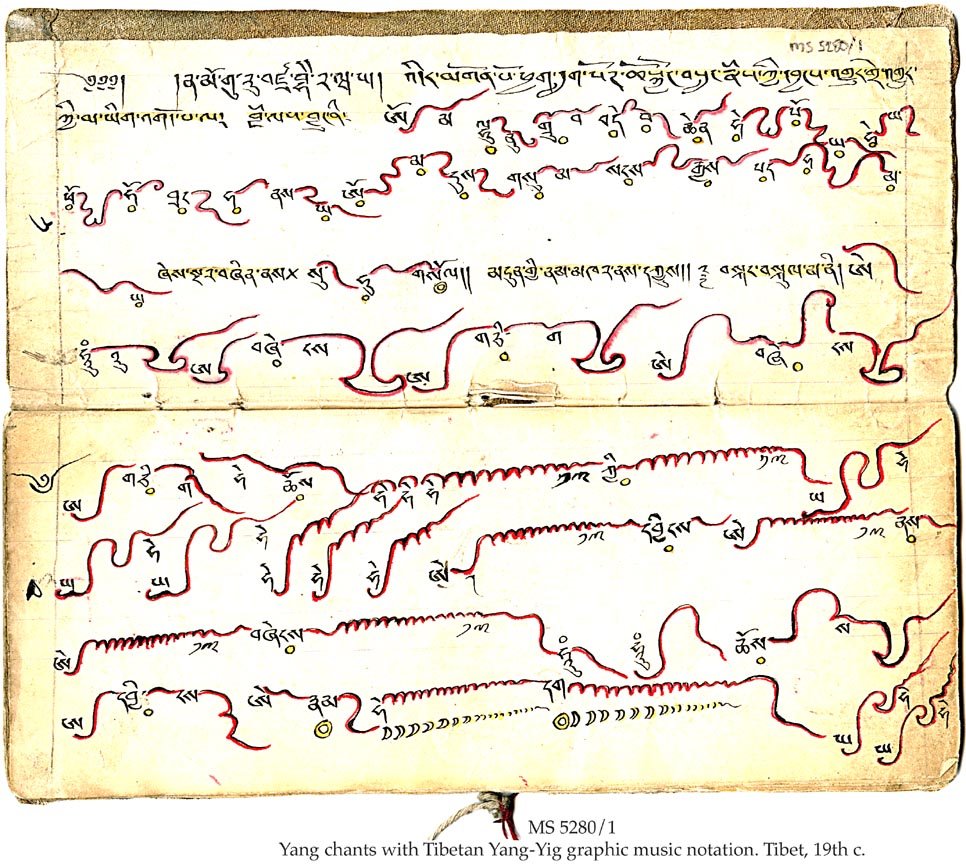
""A vital component of Tibetan Buddhist experience, musical notation allows for the transference of sacred sound and ceremony across generations. A means to memorize sacred text, express devotion, ward off feral spirits, and invoke deities.""
""The use of sacred sound in Tibetan Buddhism, a 'Mantrayana' tradition, acts as a formula for the transformation of human consciousness.""
In Tibet, the arrival of Buddhism in the 7th century led to a transformative interplay with the native Bon religion, particularly evident in Tibetan Buddhist music. This form of music holds a crucial role in the Tibetan Buddhist experience, embodying complex systems of musical notation and a rich tradition of written religious song. It serves not only as a method for memorizing sacred texts but also as a way to ward off negativity and connect with deities. Unlike secular Western practices focusing on silence, Tibetan schools prioritize the aesthetic experience of sound in spiritual practices.
Read at Open Culture
Unable to calculate read time
Collection
[
|
...
]